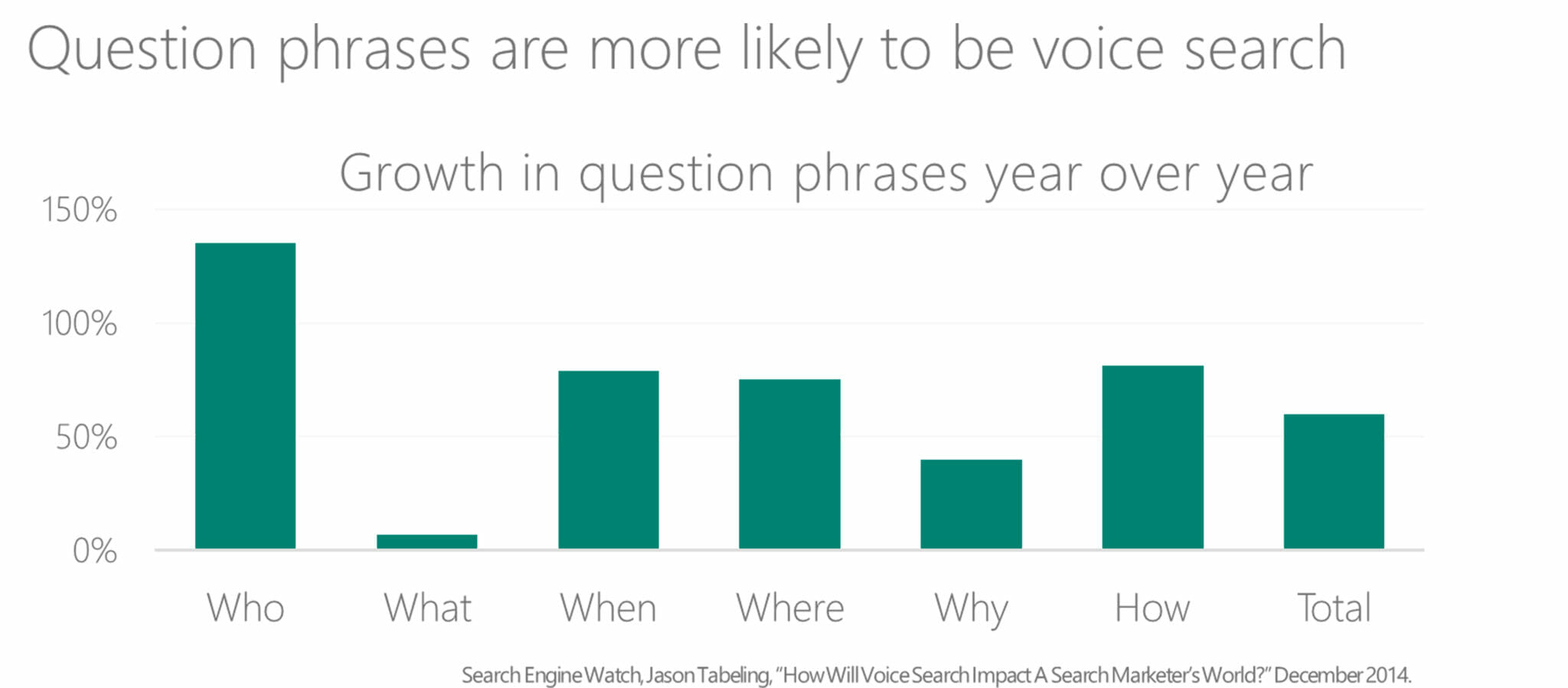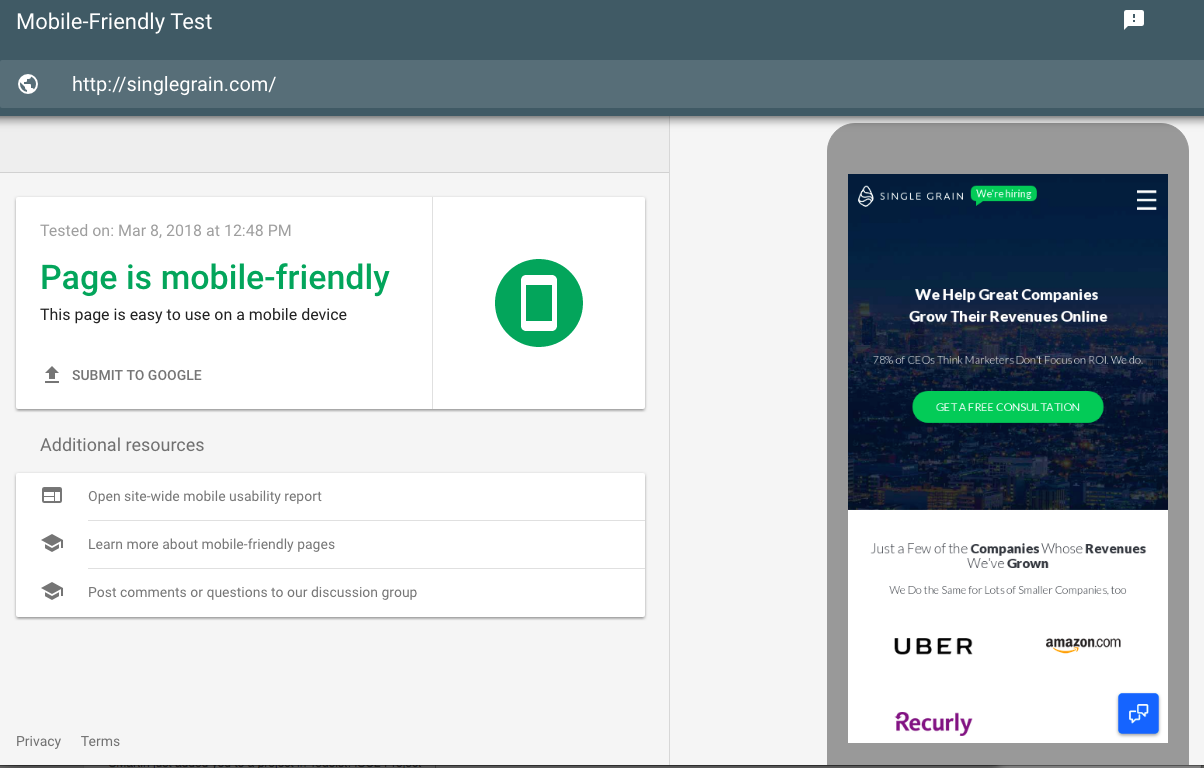Since the advent of voice related AI’s such as Alexa, Siri and the likes so many companies and organization has taken it a step further and added it to their website so you can voice search without having to type.
The majority of voice search users are generally looking for a quick answer to make their busy, multitasking lives easier. The increasing use of voice over text is also attractive to those people who simply don’t want to be bothered with typing.
Voice queries are becoming more dominant for two primary reasons:
- Users prefer direct answers.
- The way you search for information is more natural and conversational.
When it comes to the way people are searching for information, consider these stats:
- 70% of all searches are voiced searches this year 2020
- 40% of mobile queries on Google are voice searches
- 45% of all Bing searches are voice searches
The uptick in voice search usage is also impacting how consumers search for products and services with text in the search engine, making it vital for marketers to ensure that their content is clear and detectable from every kind of request, including voice and typed queries.
Due to the rapid consumer adoption of virtual assistants, the dynamic of search queries is also changing. Voice search’s natural language syntax lends itself to longer tail keywords.
Here are some examples that illustrate how voice search incorporates longer queries that more distinctly identify user intent:
- Traditional Text Search Query: This search may include someone typing in “Chinese food in Houston” or “Chinese food delivery.”
- Voice Search Query: This search might involve something more elaborate and in a conversational tone, such as: “Where’s the closest Chinese food restaurant?” or “Find Chinese food delivery open now.”
Take Alexa, for instance: this virtual assistant will highlight the top search result that best matches your search query. These results can also be repeated so that a user does not have to peer at a screen.
While the voice search method makes it easier for the user, marketers need to realize that if their content happens to be in position number two, number three or lower in search results, the user will likely never see it. In other words, it makes ranking for the most-coveted #1 search result position even more valuable for ultimate success.
So How Can Your Brand Rank #1 in Voice Search?
Moving forward, the overarching belief is that marketing tactics will need to become more intuitive and natural – just like the way we talk.
Here are several steps you can take to help align projected strategies for rankings:
Offer Useful Content
Deliver content that matches an anticipated user’s search term intent. The more useful and relevant the content is, the better. A page dedicated to FAQs is a good first step. You can also create short blog posts with titles spelled out the same way a consumer would potentially present their voice query. The key here is to write your content for human consumption and keep it short enough that it gives people concise answers to their questions.
Skip Basic Keywords
When you use natural language, this means focusing on long-tail keywords. Incorporate questions and phrases that you believe your audience wants to know. Present these phrases in a manner that flows well. If you need some help choosing your long-tail keywords, try looking at the Google search engine results page. Google’s new features like the “Searches related to [your keyword]” suggestions can help you figure out the keywords your users are searching for.

Make It Clear
Make it easy for Google to comprehend the subject matter and deliver it to users. Google, Siri or Alexa, for example, may pull excerpts from your page to answer a user’s question, so be sure to feature content that would best fit this scenario. Try focusing your on-page content on definitions and how-tos, and use plenty of in-text subheadings to show the search engines exactly what kind of content your pages cover.
Keep Mobile Top of Mind
Voice searches happen primarily on mobile devices, despite the rise of smart speakers. You can use Google’s Mobile-Friendly Test Tool to see whether your website stands up to the mobile-friendly test.

It is also advised to check out Google AMP requirements to help increase your website loading speed. Many website themes automatically respond to different screen types, but check your site to make sure that mobile users can see your text, that tables make sense, and that images size correctly for smartphones and tablets.
